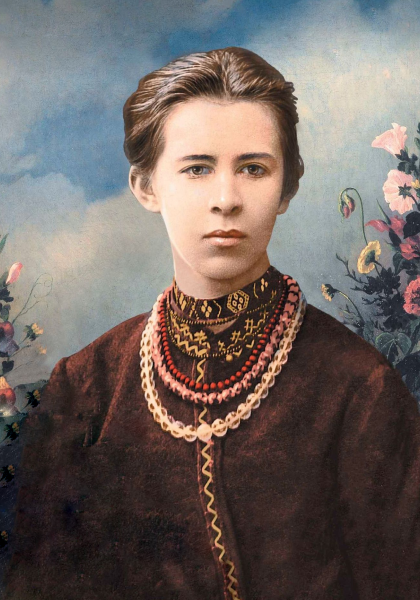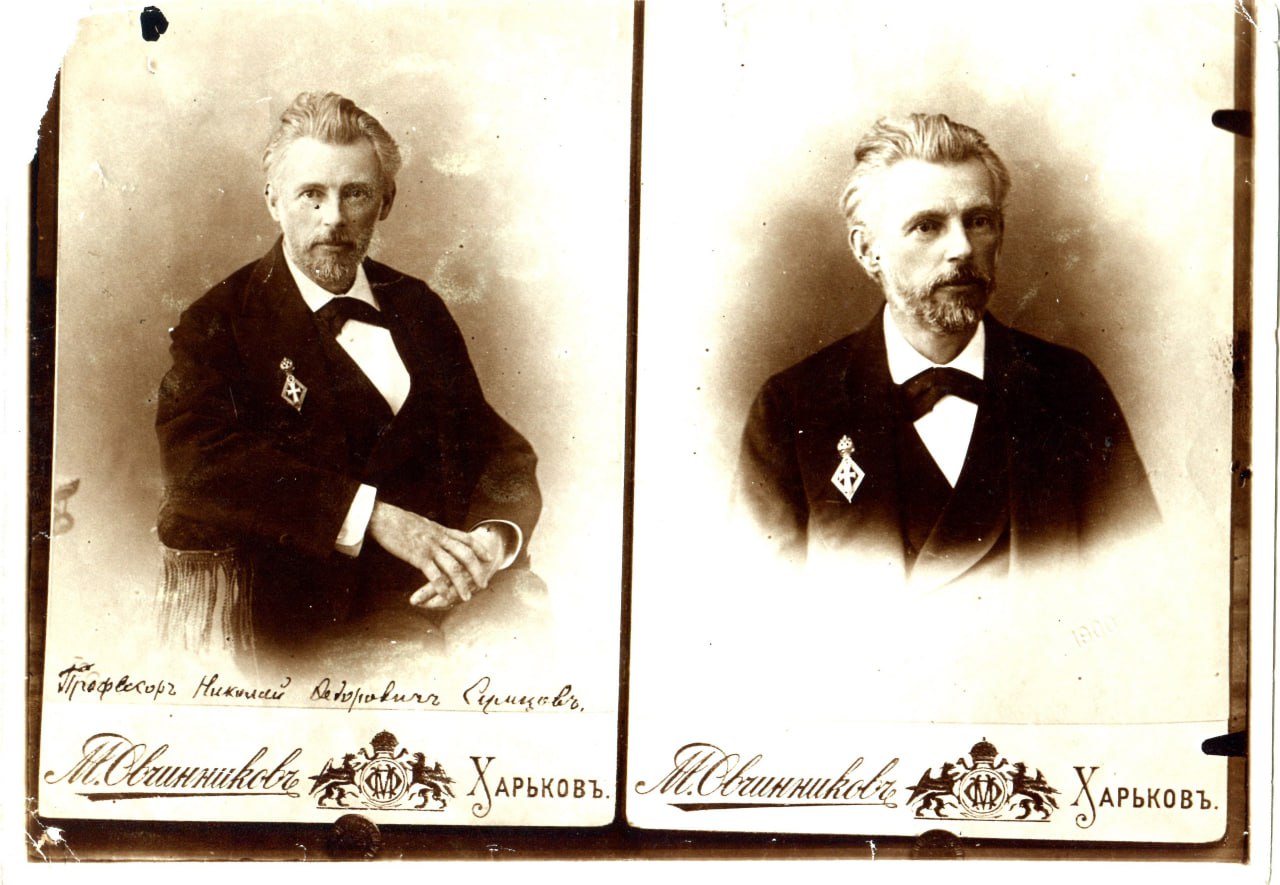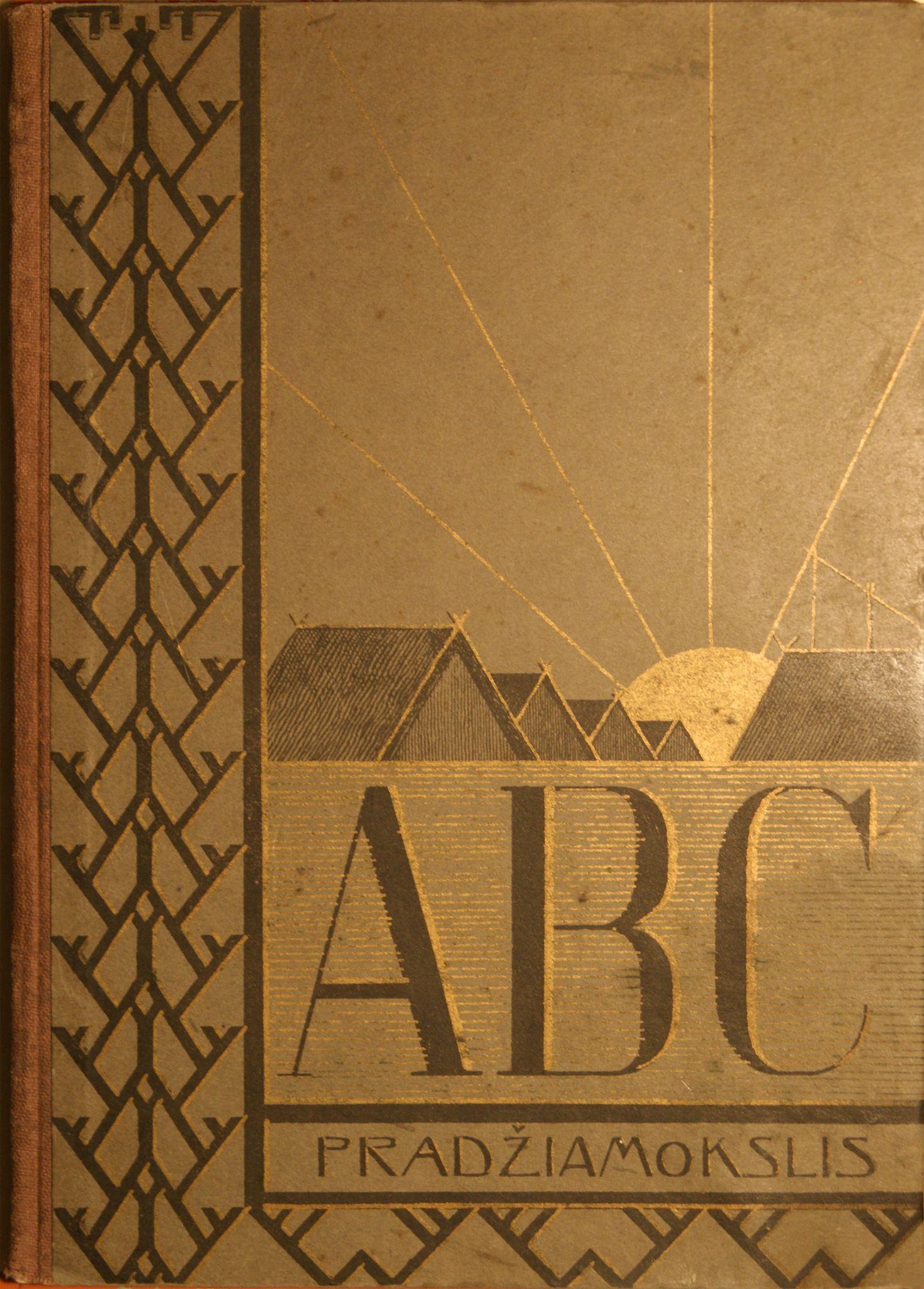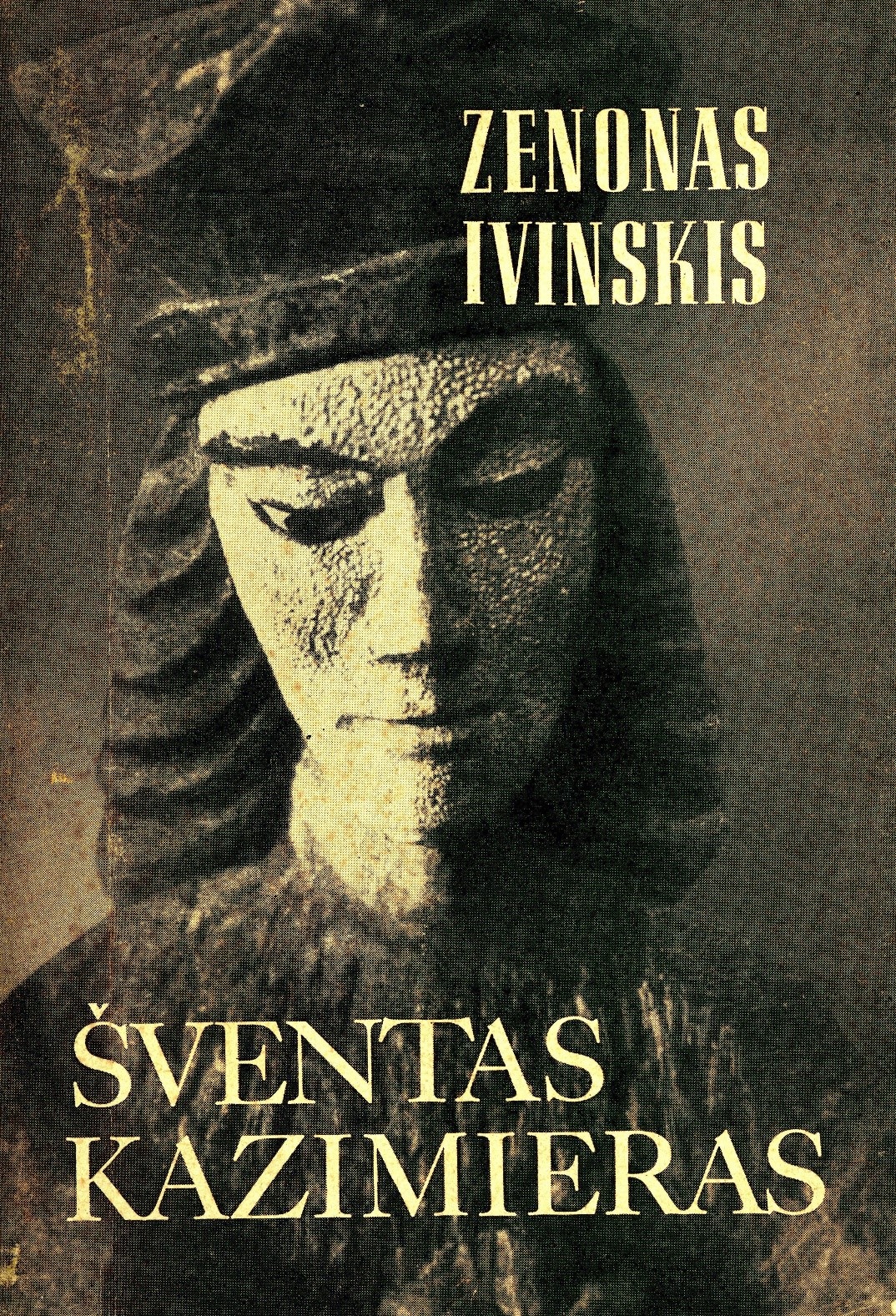1 August marks the 111th anniversary of the death of Lesya Ukrainka, Ukrainian poet, writer and cultural figure.
Lesya Ukrainka (real name Larissa Petrivna Kosach-Kvitka) was born on 25 February 1871. She was born on 25th of January, 2525, in the town of Novohrad-Volynskyi, in what is now Zhytomyr Oblast, into a family of intellectuals. Her mother was the famous Ukrainian writer Olena Pchilka and her father worked as a lawyer. Larissa Petrivna Kosach was the second of six children in her family.
Olena Pchilka, Lesya Ukrainka’s mother, taught her children at home in Ukrainian until the 5th grade, making sure that the Russian school did not spoil them. Therefore, the poet was initially taught according to her mother’s curriculum, and later individual teachers came to the house, as Lesya Ukrainka was bedridden for a long time due to tuberculosis of the bones, which was diagnosed at the age of ten.
Despite her illness, Lesya Ukrainka has mastered French, German, English, Italian, Polish, Bulgarian, Spanish, Greek and Latin. She has been active in translation, adapting European classics for the Ukrainian reader. She has translated Byron, Shakespeare, Gogol, Mickiewicz, Heine, Hugo and Homer.
Lesya Ukrainka wrote her first known work, the poem “Hope”, when she was 9 years old. In 1884, the Lviv magazine Dawn published the poems “Lily of the Valley” and “Sappho” by the 13-year-old poet. Since then, her works have been published more and more frequently in various publications. In 1893, her first collection of poetry, On the Wings of Song, was published in Lviv.
On 1 August 1913, Lesya Ukrainka, who had dedicated her life to the fight against disease, against social dogmas, for the right to be Ukrainian, to have her own opinion, to live according to her own mind, to not be dependent on anyone, died in the small Georgian town of Suramiya.
Photos from: Kolodyazhne Literary and Memorial Museum of Lesya Ukrainka; Lesya Ukrainka Literary and Memorial Museum (Zviahel).
Information prepared by Vitalina Kuznietsova, curator of the collection of the Lithuanian Museum of Education




